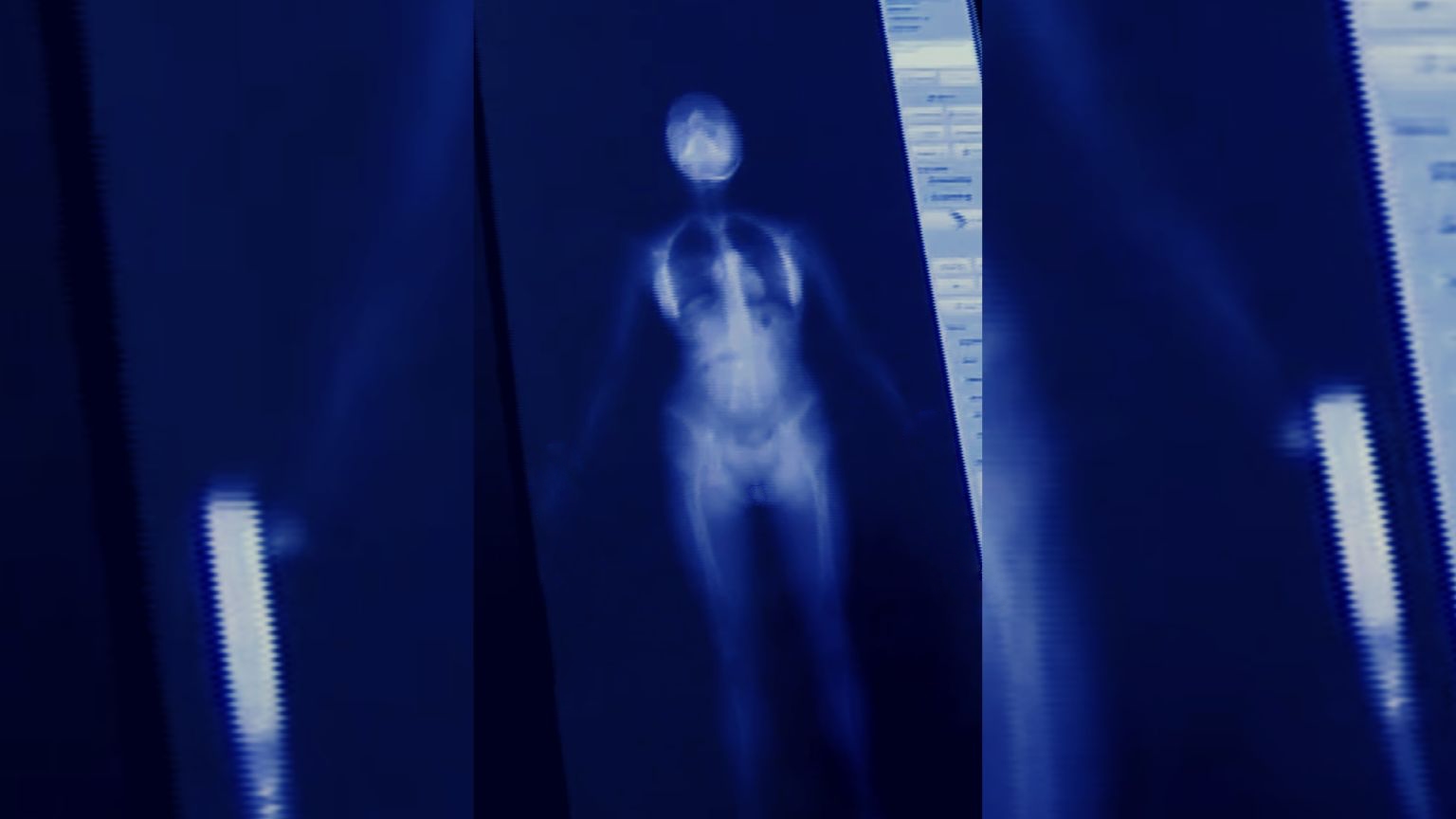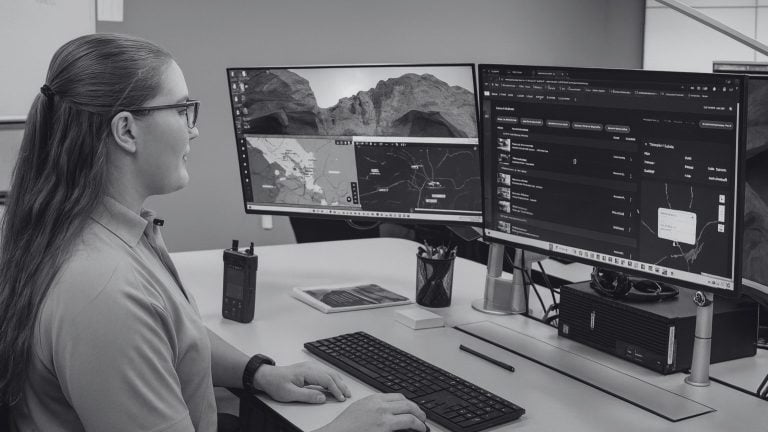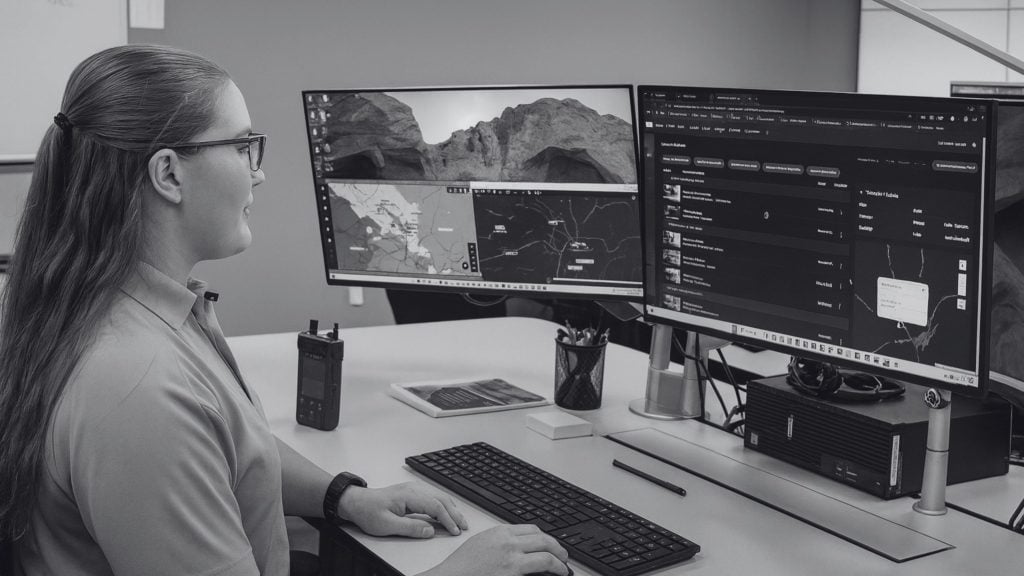The state of Nebraska is planning to test whole-body and facial recognition technology from far-off sensors. The project, funded by the Department of Defense, aims to test the accuracy of AI in identifying subjects from images and videos captured by stationary towers and drones positioned far from the subjects.
The project is backed by the Intelligence Advanced Research Projects Activity (IARPA) as part of its Biometric Recognition and Identification at Altitude or Range, aka Briar, program. The first phase, dubbed WatchID, of the three-part program will run for 18 months.
Researchers from the University of Nebraska’s Omaha and Lincoln campuses, University of Maryland College Park, Resonant Sciences, and BlueHalo Co. will participate in WatchID. The program will require 200 volunteers who will stand and walk in circles and straight lines in an open space. Once the first phase is successful, it will be expanded to require 600 volunteers.
From the program:
“Benjamin Riggan, assistant professor of electrical and computer engineering, is part of WatchID — a team of researchers from across the country participating in a competitive federal government research program to develop software systems capable of performing whole-body biometric identification from long distances and at elevated pitch angles.”
“If you think from 1,000 meters that you can get somebody’s fingerprint, by all means try, but it’s not likely to succeed given the limited resolution,” Riggan said. “Characteristics like a person’s face, gait, or physical measurements between joints — like the length of the bone from an elbow to the wrist — that’s the type of information that may help make recognition successful at long range.”
According to IARPA, the cameras will be positioned 300 or more meters away from the subjects at angles of 20 degrees. The sensors on the cameras will attempt to identify and re-identify subjects through whole-body measurements and facial recognition.
There is a $1 million reward for researchers that will produce the best result.










